When rain threatens your outdoor cooking plans, you've got three reliable backup methods to keep meals on track. First, set up a natural rock shelter by finding an elevated overhang and creating a stable cooking platform with flat stones. Second, switch to no-cook meal solutions like mason jar salads, veggie pita pockets, or Greek yogurt chicken salad that don't require heat. Third, establish an emergency tarp setup using techniques like the A-frame or lean-to configuration to protect your cooking area. These methods guarantee you'll stay dry and well-fed, and there's plenty more to discover about weatherproof outdoor cooking techniques.
Improvised Natural Rock Shelter
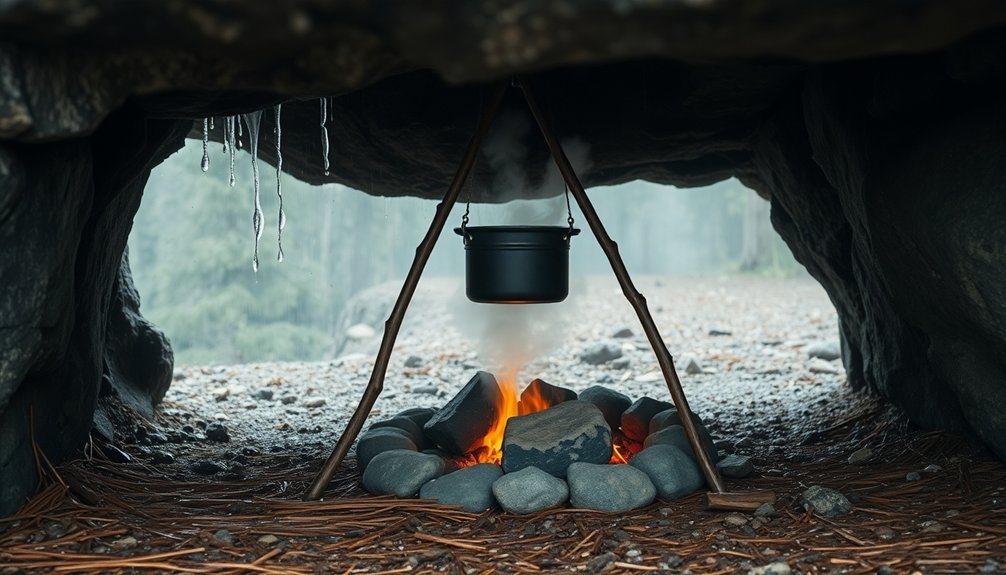
A natural rock shelter can be your best ally when cooking in rainy weather. You'll want to locate a natural overhang or cave formation that offers protection from rainfall while providing enough ventilation for your cooking fire.
Look for a spot with a flat surface that's elevated enough to avoid flooding. For safe cooking with hot stones, create a rock boiling area using your homemade tongs to handle heated rocks without burns.
Once you've found your location, clear the area of debris and create a stable cooking platform using flat rocks. You can enhance the shelter by positioning larger branches or logs at angles to extend the covered area.
Add smaller sticks and leafy materials to fill gaps and improve rain protection. If needed, use mud or clay to seal openings above your cooking space.
Remember to anchor any additional coverage with heavy rocks to prevent wind from disrupting your setup.
No-Cook Meal Solutions
When rainy weather makes outdoor cooking challenging, no-cook meals offer a practical and delicious alternative. You'll find endless possibilities using common ingredients like chickpeas, avocados, and fresh vegetables to create satisfying meals.
Try assembling mason jar salads that keep ingredients crisp, or build veggie-packed pita pockets by storing fillings separately until mealtime. For maximum freshness, prepare a Greek yogurt chicken salad that provides a healthier twist on traditional versions.
For convenience, you can rely on preprepared items like deli sandwiches or create your own "lunchables" with cheese, meats, and nuts.
Don't forget about quick-assembly options like gazpacho using pantry staples, or Vietnamese summer rolls with fresh vegetables and rice paper.
Cold noodle dishes and grain bowls work perfectly too – just combine pre-cooked ingredients with fresh components.
These solutions let you enjoy fulfilling meals without needing heat or electricity during wet weather.
Emergency Tarp Setup Techniques
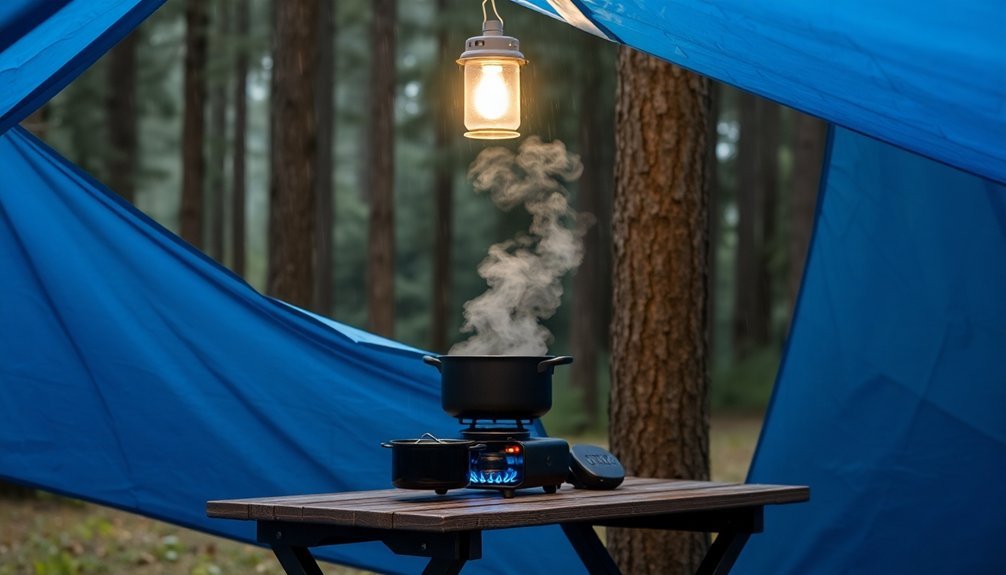
Protecting yourself from unexpected rain requires quick and effective shelter solutions.
You'll find four reliable tarp setups to keep you dry while cooking outdoors.
The single ridgeline setup is your fastest option – just string a line between trees, drape your tarp, and secure with prusik knots and guylines.
For better coverage, try the A-frame shelter by creating a waist-high ridgeline and staking down all corners with trekking pole support.
The lean-to configuration offers excellent wind protection – simply hang your cord at chest height and fold the bottom edge for weather resistance. Extend your trekking poles to 125 cm height for optimal support.
If you're near a single strong tree, opt for the diamond shelter setup.
Secure the cord around the trunk, stake the opposite corner first, then tension the remaining corners for a taut shelter.
Frequently Asked Questions
How Long Can Fuel Canisters Safely Operate in Heavy Rain Conditions?
You can operate fuel canisters in heavy rain as long as they're not submerged, but you'll need to minimize cooking time and guarantee proper ventilation. Don't exceed 30 minutes of continuous use for safety.
What's the Minimum Safe Distance Between Stove Flame and Tarp Material?
You'll need to maintain at least three feet between your stove's flame and any tarp material. Don't compromise on this minimum clearance, as it's crucial to prevent heat damage and potential fire hazards.
Can Alcohol Stoves Perform Effectively in Cold, Wet Weather Above 8000 Feet?
You'll face challenges but can make alcohol stoves work at 8000+ feet in cold, wet conditions. Keep fuel warm, use a windscreen, insulate the base, and expect longer boil times. Consider methanol for better performance.
Which Stove Maintenance Tasks Become More Critical During Extended Rainy Conditions?
You'll need to diligently dry electronic ignition systems, clear water from burners, check for rust formation, inspect flashing integrity, and guarantee all ventilation paths remain unobstructed during extended rainy conditions.
How Does Humidity Affect Different Types of Stove Fuel Efficiency?
You'll find humidity impacts alcohol stoves most, as fuel absorbs moisture and loses efficiency. Canister stoves stay relatively unaffected, while wood and pellet fuels need proper drying to maintain their heat output performance.
In Summary
You've now learned three reliable ways to prepare food when caught in the rain outdoors. Whether you're using natural rock formations, packing no-cook alternatives, or setting up a tarp shelter, you'll stay dry while making your meals. Don't let wet weather stop you from eating well – just adapt your cooking approach using these methods and you'll handle any rainy situation with confidence.

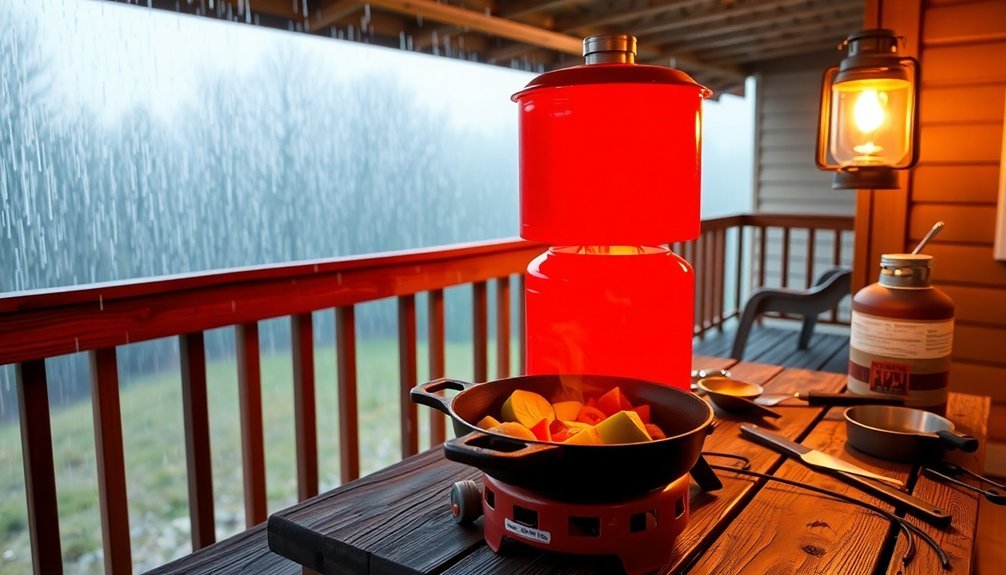
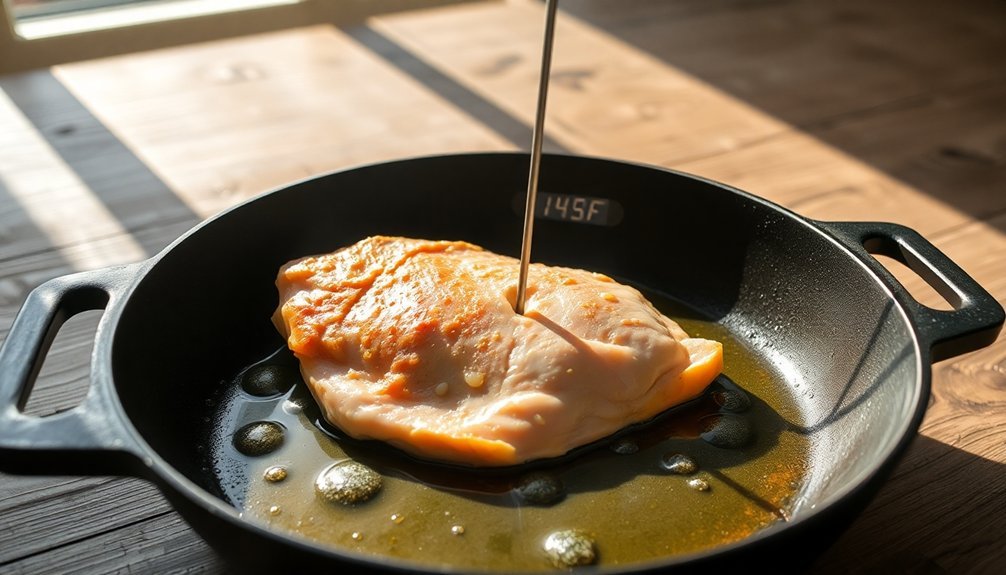
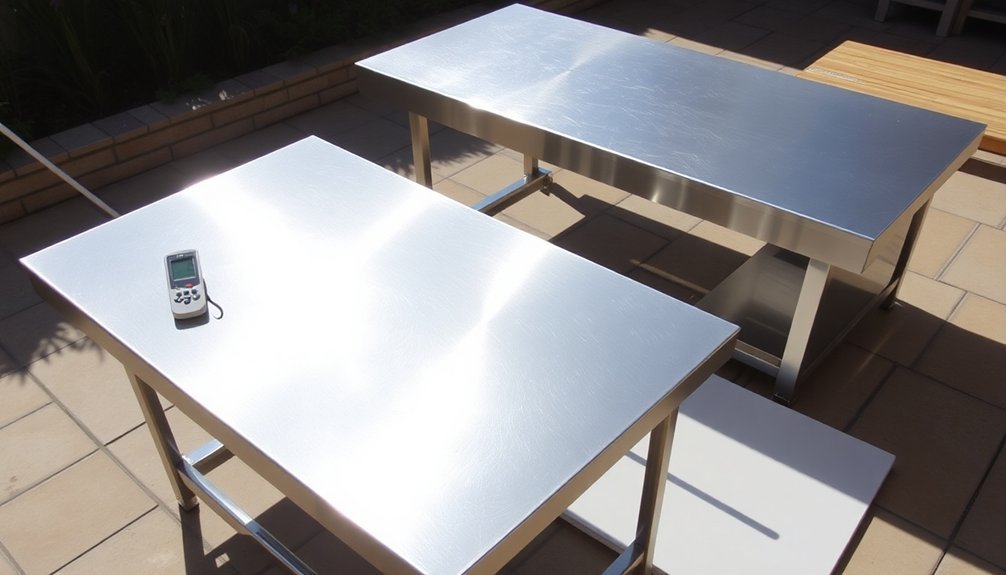
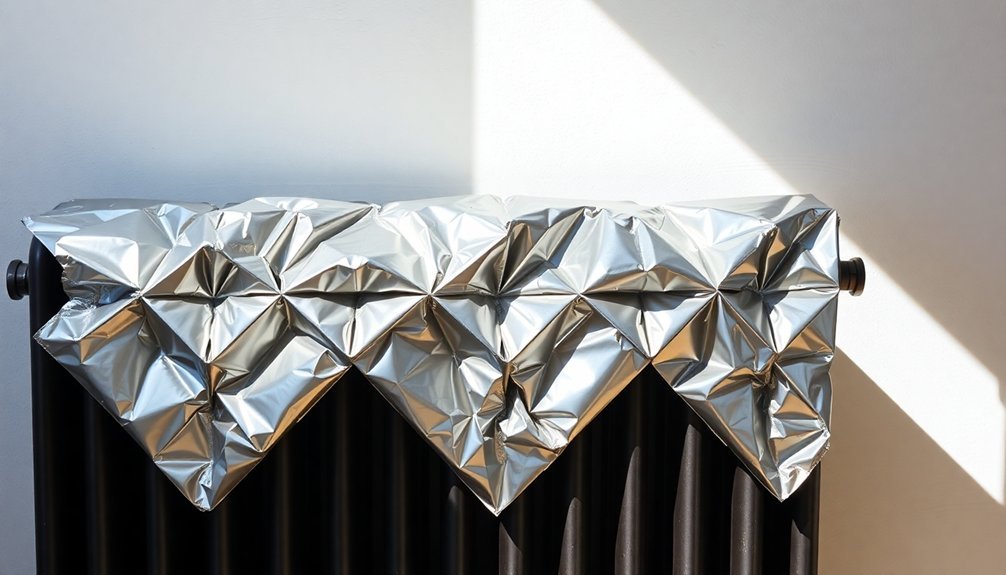
Leave a Reply